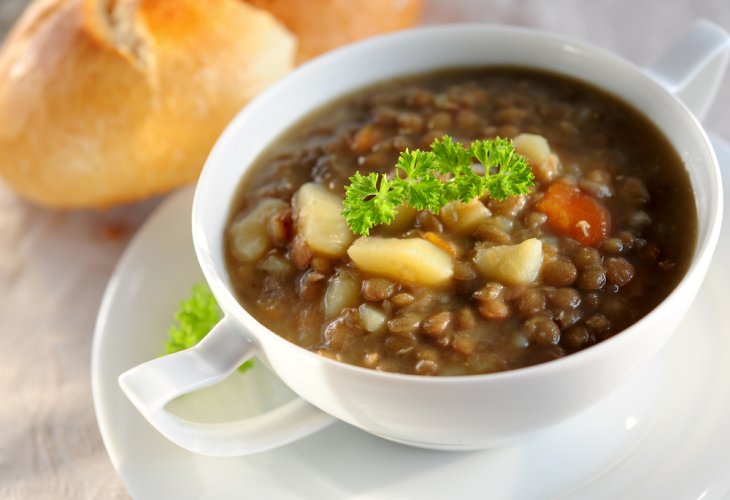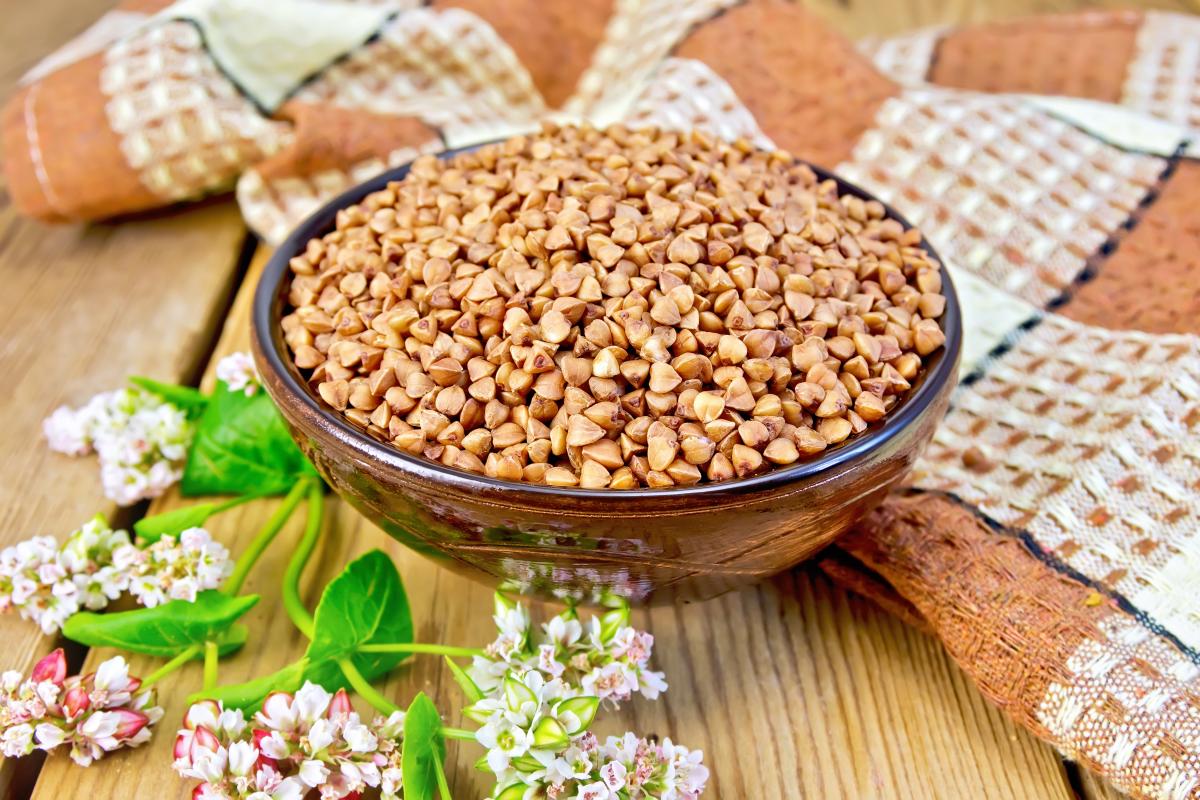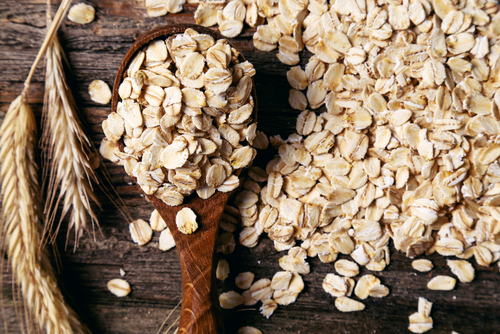How to Make Lentil Soup – and Stay Alive?
Winter is here, and with Hashem's help, we hope for a rainy and healthy winter, as the Creator's blessing to those who observe Shemitah. What could be better now than sitting with a hot, steaming lentil soup, a buckwheat dish, or ending the day with oatmeal porridge?

For some reason, there seems to be a silent consensus suggesting that it's preferable to purchase legumes specifically from various health food stores, rather than from traditional spice and legume shops, although truthfully, there's no basis for this at all. The same legumes come from the same importers in the same sacks, and the legume shops might even have a slight advantage due to higher turnover. Most importantly, health food stores are generally not under kosher supervision, unlike the nut and legume shops we're accustomed to using in religious neighborhoods, which do have kosher supervision.
But why do such products, seemingly completely natural, require kosher certification? Let's provide a few examples, starting with the simplest one.
Red lentils. The lentil grows from a plant with small white, pink, or bluish flowers. The plant has pods containing one to three seeds, which are the edible lentils. There are several varieties of lentils in different sizes and colors, such as green/brown, orange/red, or black. Unlike green and black lentils that generally don't require special kosher certification (since most are imported from abroad where Shemitah sanctity and the separation of tithes aren't practiced, and thus they might arrive in Israel without certification but be packaged under various kosher authorities), red lentils require vigilance to avoid kosher issues. Some factories enhance the appearance of lentils by coating them with oil to give them a bright, strong red-orange appearance. This oil coating requires good kosher supervision to ensure that the oil is indeed kosher soy or canola oil, and not a mixture of other oils without kosher supervision. This problem can be easily overcome when we're aware of it, by not consuming bright red lentils, but only those with a light red or orange matte color.

Skeptics among us are invited to conduct an experiment to test for oil in bright red lentils by placing them in a clear glass filled with boiling water, and observing against the light the reflection of small oil stains floating above the water.
Roasted buckwheat. Many people confuse buckwheat with spelt. Buckwheat is a type of legume, imported mainly from Russia or China, and its blessing and halachic status are like other legumes. Spelt, on the other hand, is one of the five types of grain, and if bread is made from it, its blessing would be "hamotzi."
Natural buckwheat grows in a green color, but what we know is brown because buckwheat undergoes roasting or more accurately steaming in steam cookers, which changes its color from green to brown. True, we don't have the issue of bishul akum (food cooked by non-Jews) with buckwheat undergoing initial cooking by factory workers somewhere abroad, because buckwheat's status is equivalent to bulgur, which Maran the Shulchan Aruch permitted in his book Avkat Rochel, since the product dried and returned to its original state, as it cannot be eaten without recooking, thus nullifying the first cooking done by the non-Jew.
However, there is a serious problem requiring kosher supervision because roasted buckwheat production is done in pots and ovens powered by a steam system, which is a type of double-walled pot through which hot water or steam flows, causing the pot to cook. These vapors or waters aren't exclusive to the pot itself but are connected to an entire system of pots and cooking ovens, with the system connecting one pot to another and cycling back to the steam system. So if non-kosher food is cooking in one of the pots, it's halachically considered as if all the pots were cooking together in one large pot of prohibited food. Incidentally, the problem is more severe in CIS countries, particularly Russia, which is the major supplier of buckwheat, where the steam systems are municipal, apparently a legacy from the time of communist rule when water flowed in scheduled hours. Thus, it's possible that all the pots of all the factories in the city, including all the home heating systems, are connected to each other. In such a situation, there is no way to permit the product.

Quaker, or in its Hebrew name, oats, is also a type of grain that undergoes cooking or roasting, although deeper and stronger than buckwheat, and it also has the steam problem—whether the factory's steam systems are isolated and independent only for oats without mixing with other products from the factory or city. It's true that most kosher Quaker comes from England, which is a somewhat more developed country, but the factory still needs inspection, and the Quaker itself needs to be verified that it's not from produce that has the prohibition of "chadash" (new grain).
Some refrain from consuming Quaker, claiming that after roasting and cooking, the Quaker becomes ready to eat as is, without needing further cooking. They base their claim on the fact that if we take Quaker and soak it in water until it softens, it becomes edible as is. If this fact is correct, then the non-Jew's cooking done at the factory prohibits the Quaker. However, many argue that Quaker is not considered edible without additional cooking, so the initial cooking of the Quaker did not prohibit it.


